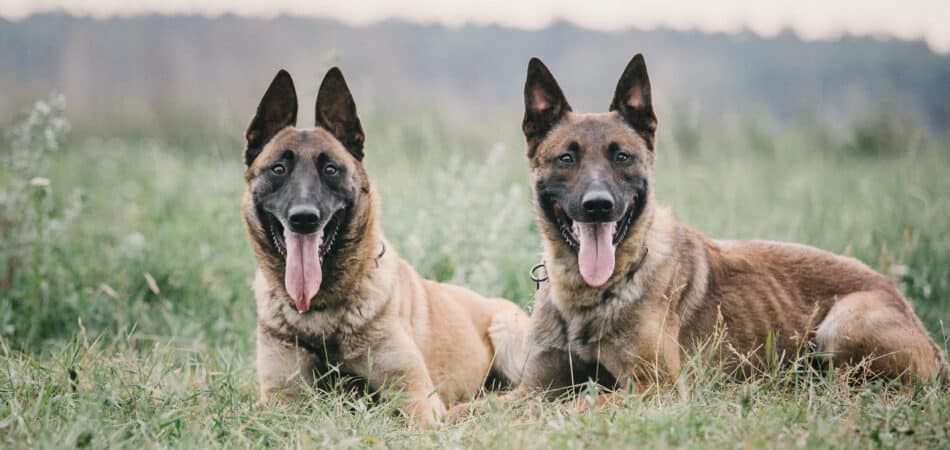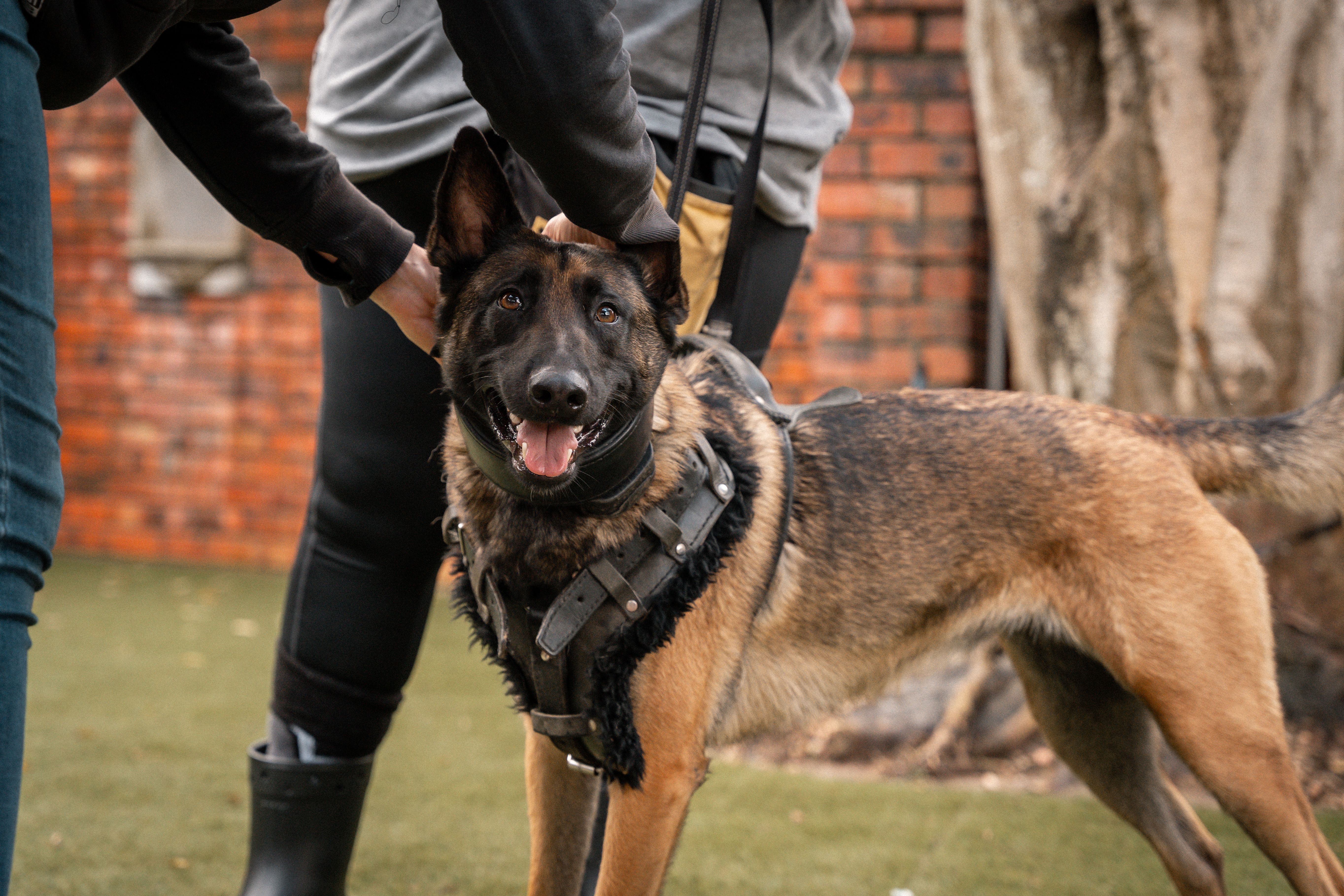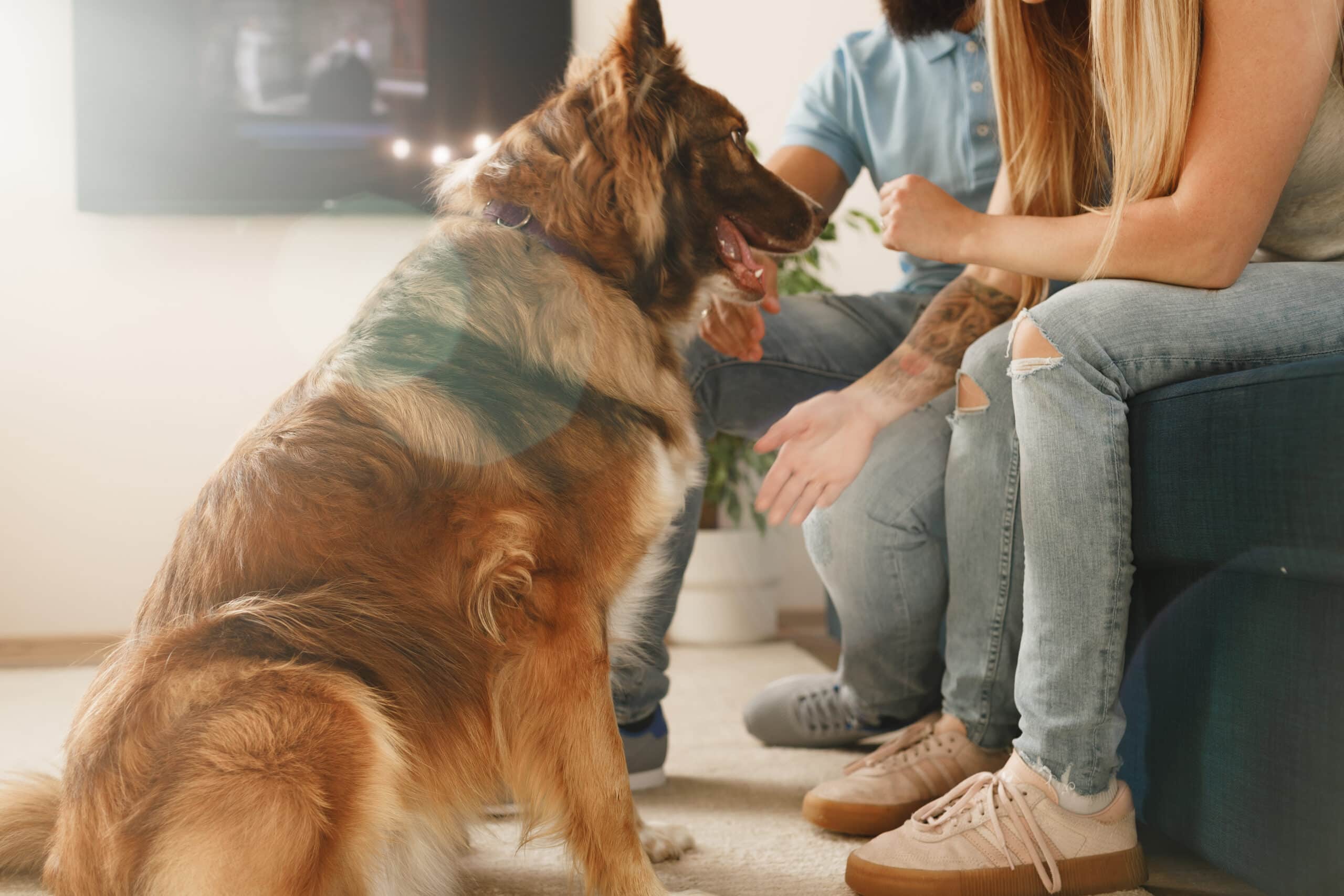






I’d like to get something straight right out of the gate: the male vs. female protection dogs debate isn’t a contest with a clear winner.
Dogs, much like us, are individuals. Their personalities, quirks, and capabilities don’t fit neatly into gendered boxes. In truth, the more pressing question isn’t “male or female?” but rather, “nature or nurture?”
Are protection dogs born or made? Genetics plays its part, sure. A dog’s breed and lineage might nudge it toward certain tendencies—loyalty, temperament, courage, high energy. But what truly shapes a protection dog’s behavior is its socialization and training. A dog’s experiences, particularly in its formative months, can outweigh the question of gender entirely.
Furthermore, no thorough scientific study has definitively proven that male protection dogs outshine females—or vice versa. The debate often boils down to anecdotal evidence, filled with personal biases and subjective observations.
That’s not to say differences don’t exist. They do—subtle ones, and ones worth looking into if you’re on the verge of welcoming a protection dog into your life. For instance, you might wonder, are female dogs more protective? Understanding these distinctions can help you make a choice that doesn’t just fit your security needs but also complements your lifestyle, family dynamics, and long-term goals.
So, let’s dig in. Not to answer the “male vs. female” question in bold absolutes, but to give you the tools to decide which protector—male or female—is right for you.
If you’re imagining a male dog as the muscle-bound bouncer and a female as the swift, discerning bodyguard, you’re not entirely wrong—but you’re not entirely right either.
Temperament isn’t strictly a male-or-female trait; it’s a cocktail of genetics, training, and socialization. Yet, if you squint, you’ll notice trends that tip the scales ever so slightly.
 Male protection dogs often exude a larger-than-life energy—what you might call “big guy energy.” Their muscular frames and imposing stature demand attention, but it’s their attitude that commands respect.
Male protection dogs often exude a larger-than-life energy—what you might call “big guy energy.” Their muscular frames and imposing stature demand attention, but it’s their attitude that commands respect.
Males tend to be bold and territorial, quick to step up when they perceive a threat. They thrive on clear roles and responsibilities, embodying the kind of guardian who doesn’t just watch the gate but owns it.
But let’s not gloss over the challenges.
Male dogs can have a stubborn streak, occasionally testing boundaries or asserting dominance. Without consistent training and firm, respectful leadership, they might assume they’re running the show.
The secret to managing their alpha tendencies? Structure, boundaries, and a handler who earns their respect—not through force, but through trust.
Female protection dogs bring a different energy to the table—no less formidable, but often more calculated. Where males might charge headlong, females tend to pause, assess, and act with deliberate precision.
This isn’t hesitation; it’s intuition. Females often exhibit a remarkable ability to “read the room,” responding to situations with a level of discernment that can feel almost human.
They’re especially tuned to family dynamics and are fiercely protective of those they consider their own—especially children.
When danger arises, a female protection dog won’t just stand guard; she’ll put herself between her loved ones and harm without a moment’s hesitation. It’s a quieter kind of courage, but no less powerful.
In other words, a dog’s temperament—their nature—almost always has more to do with their breeding and not its gender. Historically, dogs were bred with specific tasks in mind—herding, guarding, and hunting. For working dogs, these genetic blueprints run deep.
That said, even the best breeding can’t replace proper socialization. A well-adjusted protection dog is one who’s been exposed to a variety of environments, people, and situations from an early age.
But I need you to understand this: no amount of training can override a mismatch between a breed with an instinctive predisposition at odds with the owner’s expectations.
| Characteristic | Male Protection Dogs | Female Protection Dogs |
|---|---|---|
| Height Range | 24-28 inches | 22-26 inches |
| Weight Range | 70-100 pounds | 55-85 pounds |
Note: Ranges vary by specific breed and individual dog. These figures represent typical protection dog breeds like German Shepherds, Doberman Pinschers, and Belgian Malinois.
Male protection dogs are typically larger and more muscular than their female counterparts. They carry an undeniable physical presence that can deter intruders before they even think about crossing the line.
But size comes with trade-offs. Larger dogs often require more food, space, and maintenance. Their sheer strength can also make them harder to handle, particularly for inexperienced handlers.
If a male dog decides to pull on the leash or charge toward a perceived threat, you’ll need the strength—and training skills—to manage that momentum.
That said, their size and power aren’t just for show. When properly trained, male dogs can channel that physicality into controlled, precise protection work.
While females are generally smaller and leaner, this isn’t a disadvantage—their lighter build makes them faster and more agile, a trait that shines in scenarios requiring quick, decisive action. The smaller size also means female dogs can adapt to tighter spaces or environments where a larger dog might struggle.
If you live in an apartment or have a home with limited room, a female protection dog might fit your lifestyle better without sacrificing capability. And don’t let their smaller frame fool you. Their bite strength, stamina, and ability to stay focused in high-pressure situations make them formidable protectors, even if they don’t have the same bulk as males.
Hormones? Yes, they play a role, but spaying or neutering can level the playing field significantly.

Neutering steps in as the great equalizer. By curbing hormone-driven behaviors, it transforms that raw energy into focus. A more attentive, manageable partner who’s ready to protect without unnecessary distractions.
Unless you plan to breed your dog, neutering is often a simple solution to keep the machismo in check while retaining all the traits that make a male protection dog so effective.
Female dogs in heat can be, well, complicated. Mood swings, attraction from male dogs, and a tendency to wander can make those periods challenging.
Spaying eliminates these hurdles entirely. Without the interruptions of heat cycles, female dogs remain steadfast, focused, reliable, and ready to work at all times.
Studies show that both male and female dogs who are neutered tend to live longer than their intact counterparts. Fewer hormonal fluctuations mean reduced risks of certain cancers and reproductive-related health issues, giving your loyal companion more time to guard, protect, and love.
Protection dogs are part of the family. How they fit into that dynamic often hinges on their natural tendencies.
Male protection dogs can feel like the older sibling who’s always looking out for everyone. They’re protective of the whole family but might bond more intensely with one person—the handler who trains them.
Around strangers, they can be reserved, sometimes even suspicious, which is a bonus if your primary goal is security. With kids, males are generally tolerant and patient, though their size and strength might mean playtime needs supervision.
They have a nurturing streak that makes them particularly protective of younger family members. Their smaller size (compared to males) can be an advantage here—they’re less likely to accidentally knock over a toddler in their enthusiasm.
When strangers come around, females tend to be more discerning. They’re less likely to react impulsively and more likely to evaluate the situation before deciding how to proceed. This balance of caution and courage makes them invaluable in family settings.
The answer lies not in a simple checklist, but in how their unique traits align with your needs, environment, and goals. You might be asking, do male or female dogs make better guard dogs? The truth is, the real magic of a protection dog lies in its training, socialization, and the bond it forms with its handler—factors that often outweigh gender alone.
Gender influences traits, but it doesn’t define capability. A well-bred, well-trained dog—male or female—has the potential to exceed your expectations and become an indispensable member of your family.
Male? Female? Or maybe both?
This isn’t a decision you make on a whim, and it’s not a journey you should take alone. That’s where Vanguard Protection Dogs steps in. We specialize in pairing you with elite protection dogs, trained to the highest standards and tailored to meet your lifestyle.
So if you’re looking for a male protector with bold confidence, we’ve got you covered. Or, prefer a female dog with an intuitive touch, no problem. Or perhaps you’re considering the dynamic benefits of owning one of each? We can make that happen, too.
Our process goes beyond selling you a dog—it’s about delivering peace of mind through:
So, why settle for guesswork when you can have expertise? Let us help you choose the right protection dog—male, female, or both.
Contact us today, and let’s find you the guardian that fits smoothly into your family, your home, and your life.